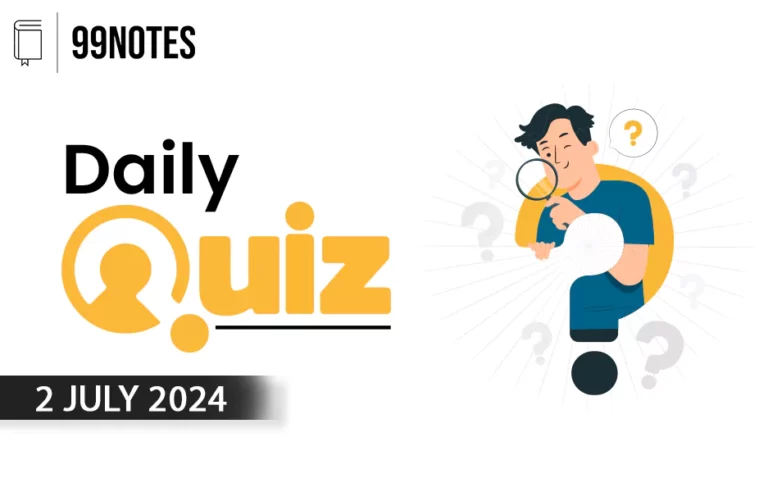26 December 2024 : Indian Express Editorial Analysis
1. Knowledge as a shield
(Source: Indian Express; Section: The Editorial Page; Page: 10)
| Topic: GS3 – Disaster Management |
| Context |
|
The Tsunami of 2004: A Catastrophic Event
- On December 26, 2004, an earthquake of magnitude 9.1 beneath the Indian Ocean near Indonesia triggered a devastating tsunami, causing unimaginable destruction.
- Over 230,000 lives were lost across Indonesia, Thailand, India, Sri Lanka, and other affected regions.
- Entire communities were obliterated, and the absence of early warning systems magnified the tragedy.
- The lack of awareness and preparedness left people vulnerable as the giant waves surged across coastlines, making this one of the deadliest natural disasters in history.
Commemorating the Tragedy: A Journey to the Andaman and Nicobar Islands
- Two decades later, the Headquarters Andaman and Nicobar Command (HQ ANC) observed the tsunami’s anniversary by hosting a knowledge exchange event.
- This initiative served three critical purposes: technical discussions on disaster management, survivor stories, and a focus on regional security.
- Delegates from ten Indian Ocean Region (IOR) countries participated, enriching their understanding of humanitarian assistance and disaster response (HADR) operations.
- The emotional recount of Meghana Rajashekhar, a survivor who lost her parents and endured the waves as a child, highlighted the enduring human impact of the disaster.
Lessons Learned: The Need for Early Warning Systems
- The tsunami struck the Andaman and Nicobar Islands within 20 minutes and reached Sri Lanka and Chennai in two hours.
- The absence of an effective early warning (EW) system in 2004 was glaring. India’s seismic monitoring capabilities were limited, relying on international data.
- While the Indian National Centre for Ocean Information Services (INCOIS) had a tsunami detection system, it was not designed for distant events.
- These gaps delayed alerts, exacerbating the disaster’s toll.
Building Resilience: Strengthening India’s Disaster Management
- In response, India enacted the Disaster Management Act in 2005 and established the Indian Tsunami Early Warning Centre (ITEWC) at INCOIS in 2007.
- This center now monitors seismic activity and sea levels in real time, providing rapid alerts to both national and international stakeholders.
- Odisha has since set a benchmark in preparedness, with 24 villages recognized as “tsunami ready.”
- These efforts align with the Prime Minister’s Ten Point Agenda on Disaster Risk Reduction (DRR), emphasizing early warning systems, risk mapping, and effective communication networks.
Evolving Strategies: Toward a Disaster-Resilient India
- The HQ ANC’s annual “Dweep Diksha Dialogue” highlights ongoing efforts in DRR. Innovations like the Common Alerting Protocol (CAP) and modern cell broadcast systems aim to disseminate warnings efficiently, addressing a range of hazards beyond tsunamis.
- These advancements underscore the collaborative efforts of India’s armed forces, political leadership, and organizations like the NDMA in fostering a culture of preparedness.
- As India advances its DRR framework, the lessons of 2004 serve as a solemn reminder of the importance of vigilance and resilience.
| INCOIS |
|
| PYQ: On December 2004, tsumani brought havoc on 14 countries including India. Discuss the factors responsible for occurrence of Tsunami and its effects on life and economy. In the light of guidelines of NDMA (2010) describe the mechanisms for preparedness to reduce the risk during such events. (250 words/15m) (UPSC CSE (M) GS-3 2017) |
| Practice Question: Discuss the impact of the 2004 Indian Ocean tsunami on disaster management policies in India, highlighting the advancements made in early warning systems and preparedness measures over the past two decades.. (250 words/15 m) |
For more such UPSC related Current Affairs, Check Out: 24 December 2024 : Indian Express Editorial Analysis



